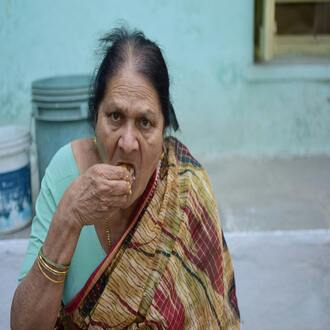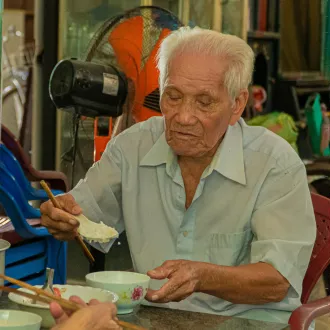Transcription Physical activity
Older age is a stage of life that, while it can present physical challenges, also provides opportunities to maintain and improve health and wellness through physical activity.
In this session, we will explore the benefits of physical activity in the elderly, its importance for healthy aging, and offer recommendations for safely incorporating it into your daily routine.
Why is Physical Activity Important in Older Adults?
Physical activity is fundamental throughout life, and in the elderly, its relevance becomes even more evident. As we age, our bodies undergo natural changes, such as loss of muscle mass, reduced bone density, and a decrease in flexibility and cardiovascular capacity. Adequate physical activity can help counteract these changes and improve quality of life.
Regular physical activity during old age offers a wide range of benefits, both physical and mental. Some of the most prominent benefits include:
- Improved Cardiovascular Health: Cardiovascular exercise, such as walking or swimming, can strengthen the heart and improve blood circulation, thereby reducing the risk of heart disease.
- Maintaining Muscle Mass and Strength: Strength and resistance training can help preserve muscle mass and strength, which is crucial for mobility and independence.
- Osteoporosis Prevention: Physical activity with impact, such as weight lifting or dancing, can increase bone density and reduce the risk of osteoporotic fractures.
- Weight Management: Physical activity helps maintain a healthy body weight and prevents unwanted weight gain.
- Improved Flexibility and Mobility: Stretching exercises can increase flexibility and reduce joint stiffness.
- Mental Wellness: Physical activity releases endorphins, which can improve mood, reduce stress and increase feelings of emotional well-being.Socialization: Participating in group physical activities can provide opportunities to socialize and build meaningful relationships.
Recommendations for Physical Activity in the Elderly.
It is important for seniors to approach physical activity in a safe and effective manner. Here are some key recommendations:
- Consult with a Health Care Professional: Before beginning an exercise program, it is essential to speak with a physician or physical therapist to ensure that the chosen activity is appropriate for your health and fitness level.
- Set Realistic Goals: Defining clear and achievable goals can provide motivation and direction on the path to a more active life.
- Include Diversity of Activities: Combining resistance, aerobic and flexibility exercises can provide a complete approach to physical fitness.
- Warm Up and Cool Down: Warming up before and stretching after physical activity can help prevent injury.
- Listen to the Body: Paying attention to the body's signals, such as pain or excessive fatigue, is crucial. Resting when needed is an integral part of a healthy approach to physical activity.
- Hydration and Nutrition: Staying hydrated and eating a balanced diet is essential to support physical activity efforts.
Overcoming Barriers to Physical Activity.
It is common for older people to face barriers to physical activity, such as lack of motivation, reduced mobility, or concerns about safety. To overcome these obstacles, it is important to:
- Find Activities You Enjoy: Choosing activities you enjoy increases the likelihood of maintaining a long-term exercise program.
- Consider Adaptability: Physical activity does not have to be intense; even gentle activities, such as yoga or tai chi, can provide significant benefits.
- Seek Support: Joining an exercise group or working out with a friend can make physical activity more fun and motivating.
physical activity




